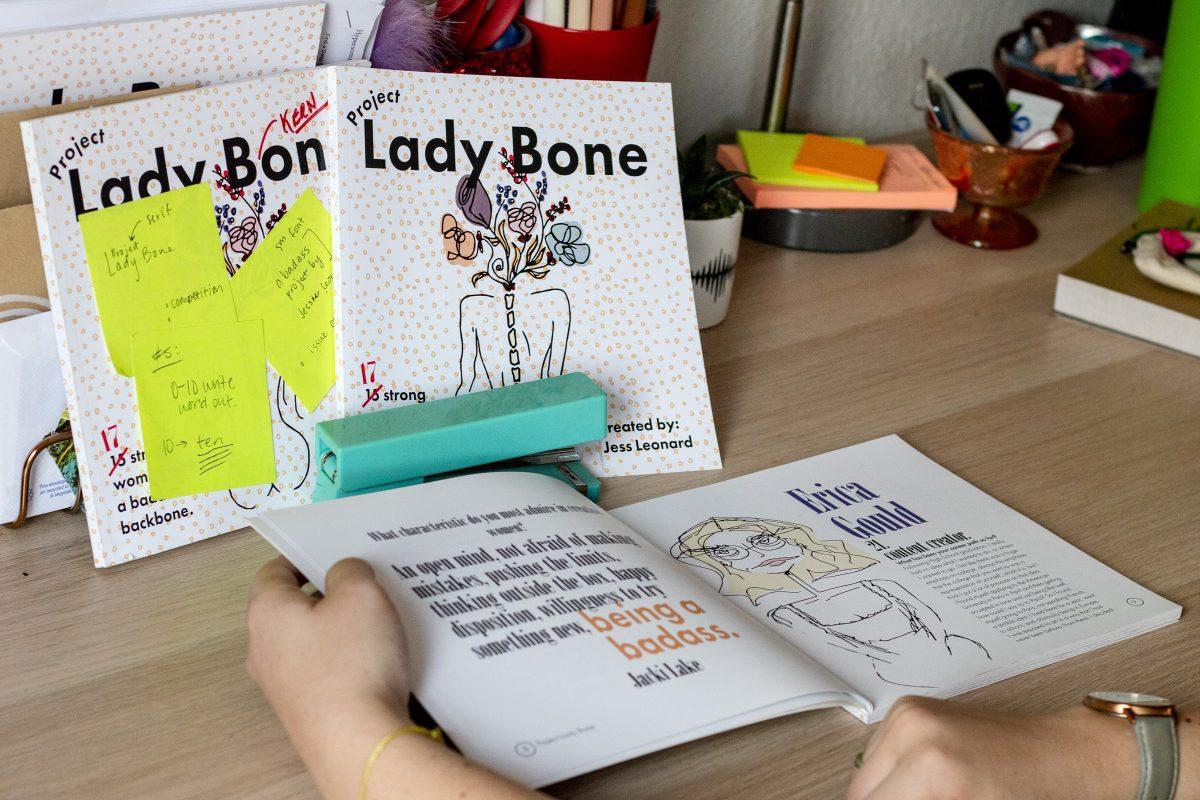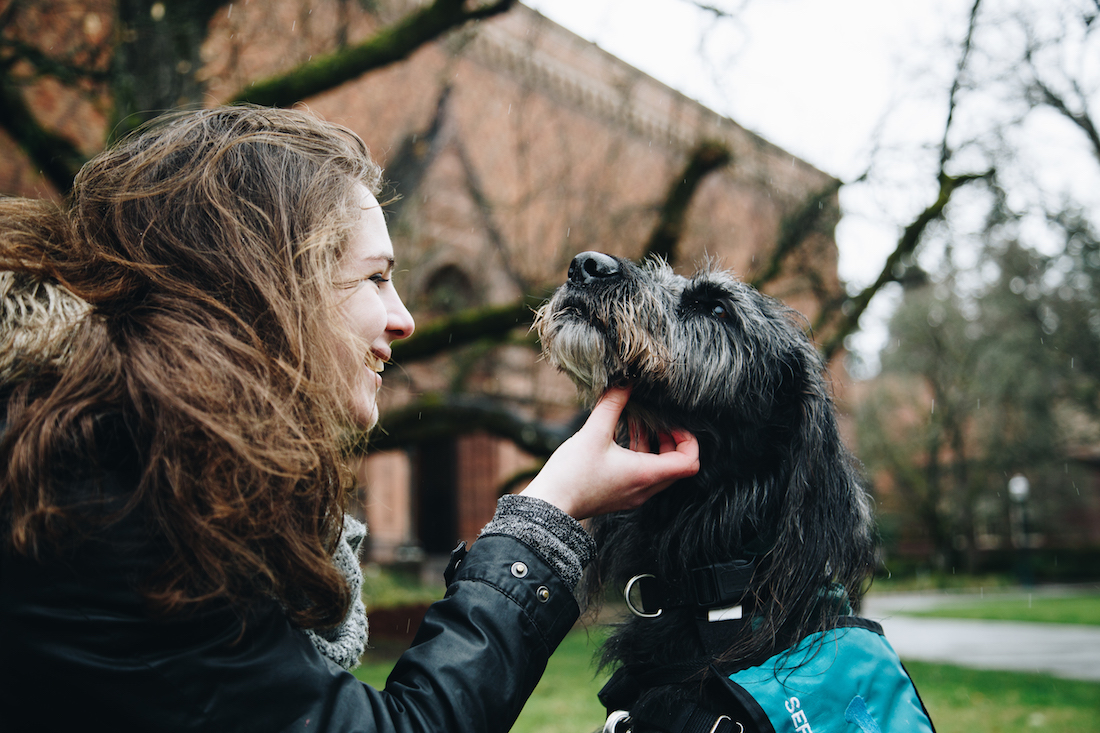As the sun sets and the day’s dry heat is blown away by the evening breeze, burners wrapped in dust-covered blankets howl at the mountains swallowing the sun. To the North, the Playa awakens. Art installations come to life and in the far distance, engines rumble and speakers boom with more EDM music. Throughout the city, Burners drink and finish the last of their meals before they make their way to the Playa to watch the burning of The Man.
Every year in late August, over 60,000 doers, dreamers and wanderers turn Nevada’s Black Rock Desert into a city filled with art, music, and community. This has been the tradition for just over 30 years. Larry Harvey founded Burning Man in 1986 in San Francisco. Each year for four years a small community would come together and assemble a wooden structure in the shape of a man and burn it. When the burning became a hazard to the public and Harvey agreed to no longer burn the man in the city.
340 miles North-East of San Francisco is the Black Rock Desert. Located in Nevada BRD is a rather desolate area. In the late 90s, Harvey co-founded Black Rock City. With nothing but dust beyond what the eye can see, mountains in the distance, and the blazing heat, the Playa became home to Burning Man.
From music performances to the large-scale and abundant art installations, to the wild parties in the middle of the desert Burning Man has developed quite the reputation.
The festival reaches all kinds of people — not just nostalgic, pot-smoking hippies — it brings families and CEOs like Elon Musk in 2016, Mark Zuckerberg who attended in 2012 and even actor Will Smith who attended in 2014.
Since its founding Burning Man has evolved into more of an experience rather than another music festival. Each year has a different theme and brings new art and music to match. This years theme was based on Isaac Asimov I, Robot science fiction short stories. The theme urged burners to consider the role Artificial Intelligence in their lives, and to ask themselves “who really has control?” Man or machine?
Burning Man featured music producers and DJs like Diplo, Skrillex, TOKiMONSTA, and ZHU.
In addition to some of the top music names, featured art that exudes the machine vs. man experience. From Copenhagen, artists Bjarke Ingels, Jakob Lange, and I, Orbot brought a giant inflatable Orb to the Playa. It functions as a point of direction and is visible from all areas of Black Rock.
Hank Willis Thomas, an artist from New York, brought a larger than life Afro pick, which is an emblem for companionship and community. From on top of the pick, you can see most of the playa including, the RadiaLumia.
Burners meander through the art-filled Playa on bikes and on mutant vehicles: art cars. Lavishly decorated vehicles drive around the Playa often from sunset to sunrise stopping twice an hour to pick up Burners and musicians for a fun-filled drive with dusty views and dancing. The Janky Barge, from San Francisco, is one of Burning Man’s most known music cars. With a DJ tower, embedded LED lights, and a booming sound system, you can hear Mr. Janky from the far reaches of the Playa.
Virgin Burner who goes by many different names including Q, Quintin, and Douglas is a 23-year-old DJ and musician from California’s Bay area. Commonly called Jay, he was given the chance to come and experience Burning Man for the first time with his older brother and group friends — members of the Janky Barge camp. “I didn’t know what it was and when you ask people you get such broad and different answers,” Jay explained. Coming to Black Rock debunked any preconceived notions Jay had about Burning Man. “I like the overall unity of the people,” he says. “There is an actual city here and everybody takes care of everybody.” Not only was Jay able to come and experience and tell his own story, but he was also able to play a set one of the late nights on the Playa, not an opportunity granted to all aspiring DJs who come to Burning Man.
A place for music and the arts is what drew in Jean Pierre, Jay’s older brother. As a first time Burner, JP was motivated by the endless artistic possibilities and opportunities. “You can’t imagine most of the shit that’s out here,” he says gesturing to his brother to pass him another carton of coconut water. “The pictures and videos and what-not don’t do it justice.” Most of the expectations first time Burners and returning Burners have are seemingly always surpassed by the reality.
For Matt, who is from Reno, Nevada was attending his seventh burn. With each passing year, Matt says he’s learned to expect nothing. “The first time I came here in [20]11, I was so overwhelmed, all the folks I met were just so f****** exciting,” Matt says. Every year since his first burn the festival and the people have changed. “The Playa really humbles you and you are forced to let other people help you and in return, you wanna help too.” Matt laughs when he talks about how much he loves The Burn. While reminiscing, Matt’s neighbors are bursting with laughter at their camp as they discuss the strange yet, exciting happenings from the night before.
Freddie, 28, from Germany and Ryan, 32, from Australia are virgin Burners who have been living out of their van since they met. Since the time that they met in Canada, the couple has been travelling around the North American continent. “I hear there were a lot of sex parties,” Freddie says, barely containing her excitement. Like many others, Freddie’s expectations of Burning Man were quickly negated. The couple not only found wild and playful parties but befriended Matt and two 20-year-old Virgin Burners to make a giant camp. Likewise, they were also gifted bikes to get around BRC.
“People are so nice here,” Freddie says. “The rest of the world is not like this.”
Gifting and trading is a large part of the Burning Man culture. One of the 10 Burning Man Principles is decommodification; unmediated commercial sponsorships, transactions, or advertising. Likewise, the handbook strongly discourages brand name items in Black Rock City. In the gifting economy, Burners provide “goods” or “products” for the enjoyment of others. Before their time on the Playa experience, Burners have to purchase food, water, and other supplies they will need to survive on the Playa since there are no stores inside Black Rock.
Still, in the event, you are caught in a dust storm at four in the morning and your mask is at your camp 7 miles from the Playa, you can surely find help from your fellow Burners.
In the same way, volunteers are welcomed and encouraged from setting up, to tearing and cleaning to helping out other camps, mutant vehicles (art cars) or BRC events. “It’s cool, you are just with some cool people listening to music and making sure everyone is feeling good,” Jean Pierre says. As a member of the Janky Barge camp, JP had one shift from 3 a.m to 9 a.m walking alongside the Janky Barge, making sure no one climbs on or falls off while the vehicle is in motion.
Burning Man and Black Rock city have so much to offer, the city provides a space for the first time and returning Burners to express themselves and explore a different kind of festival. Even though the blazing heat, dehydration and hard ground are far from what most of us are used to, it’s an experience worth the tenderness.
Despite what you think happens at Burning Man, it’s not just a chaotic, desert party for 20-year old, tree-hugging hippies. It connects all peoples from all walks of life. The Playa is a spiritual place that conditions you to be resourceful and appreciate what you have. It’s a city and a community and Burning Man is what you make of it.
As Burners make one last ride out to the Playa, on our second to last day, the wind blows another, familiar thin layer of dust over the crowd, fire dancers light staffs, fans and pois in preparation of the burn. Now that all of Black Rock is surrounding the man fireworks begin to go off and the show has begun. The flames engulf The Man, and before we know it, The Man is a pile ash. The art cars wait not a moment longer blasting music and giving burners one last dance before the end.





![Words | Renata S. Geraldo Art | Maddy Wignall   Sex trafficking takes on many different forms. Women from poor families fall victim and are kidnapped or sold into prostitution. In the United States, prostitution and trafficking take a different form. Trafficking happens through coercion and manipulation; a much subtler […]](https://ethos.dailyemerald.com/wp-content/uploads/2018/10/8ad948459029f9a809f9628092dca222.png)





![Words and Photos by Sarah Northrop Dark rooms, dark skies: Behind black curtains, a metal basin sits among scattered jugs of chemicals, a row of enlargers and mismatched development supplies. On the outside of the darkened space, a red warning light switches on. There’s a darkroom in use. And I’m […]](https://ethos.dailyemerald.com/wp-content/uploads/2018/04/a88cc0af91f19341e0e8afe516d39192.jpg)
